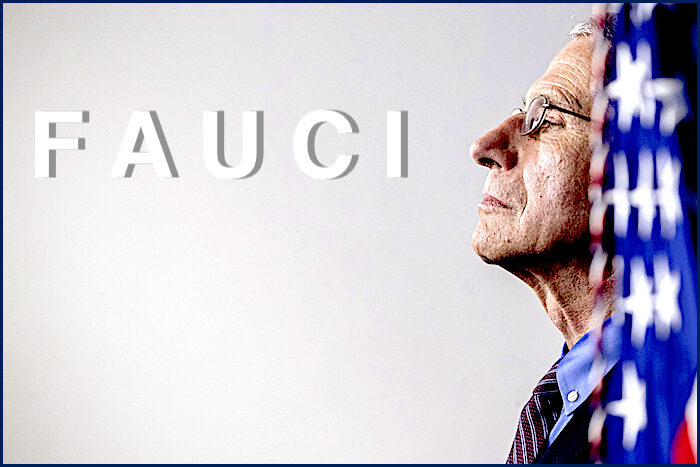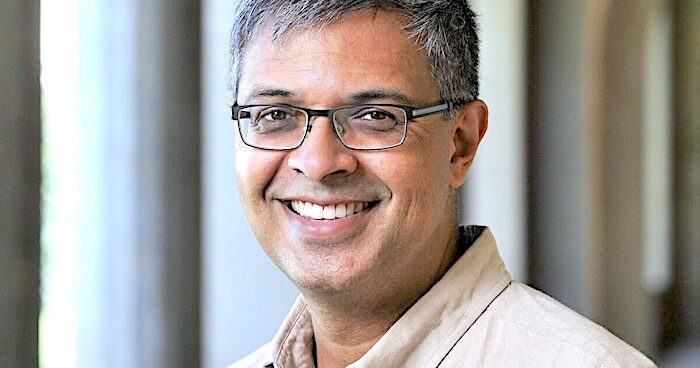The hook in the reporting by investigative journalist Jimmy Tobias, beyond its illuminating document cache, is his observation that three of those virologists went on to publish a March 21, 2020, paper in Nature Medicine entitled "The proximal origins of SARS-CoV-2," in which the authors asserted "We do not believe that any laboratory-based scenario is plausible." The emails unearthed by Tobias, however, show a far more conflicted view behind the scenes, with one of the paper's primary authors writing in an email to the group on Feb. 8, 2020:
"I believe that publishing something that is open-ended could backfire at this stage."Nonetheless, the paper enjoyed a cushy institutional reception a month later. Fauci endorsed it in an April press conference; Collins wrote a blog post promoting it; ABC News ran a story using the study's conclusions to dismiss lab-origin conjectures as conspiracy theories. It is now one of the most-read scientific papers in history and has been cited over 2,700 times.
Whether a product of cynicism or mere panic, this episode serves as a reminder - at a moment in which we seem cautiously willing to reappraise our pandemic response - of just how much power a small number of scientists had over the direction of our early COVID conversations. In this way, it echoes the story of Stanford's Dr. Jay Bhattacharya, who has just written two essays for Tablet and the National Post urging that we not forget some of our gravest pandemic missteps.
Bhattacharya is a professor of medicine, economics, and health policy research at Stanford University. He holds an MD and PhD from Stanford and directs the university's Center for Demography and Economics of Health and Aging. He first gained national prominence in early 2020, after publishing a few COVID seroprevalence studies in Los Angeles and Santa Clara counties. These studies attempted to measure SARS-CoV-2 infection rates using blood antibody tests; both concluded that COVID had already infected orders of magnitude more people than was being reported at the time in those regions. The takeaway of these findings, disputed as they often were, was that COVID wasn't as deadly as the public was being told.
Informed by this data, and remembering the United States' pre-COVID pandemic playbook, Bhattacharya drafted the Great Barrington Declaration at a conference hosted by the American Institute for Economic Research, or AIER. This one-page open letter, written with Dr. Martin Kulldorff of Harvard and Dr. Sunetra Gupta of Oxford, argued that the U.S. was getting its lockdown strategy horribly wrong. Local authorities should adopt a "focused protection" paradigm, they advised, which would have meant marshaling public health resources predominantly for those most at risk from the virus while encouraging those at less risk to resume normal activities. Their intent was to promote a discussion of a strategy that would minimizing ancillary harm wrought by indiscriminate closures and mandates. It was written and revised over the course of a weekend and published on Oct. 5, 2020.
On Oct. 15, AIER writer Phillip Magness reported that in only 10 days, the Great Barrington Declaration had garnered over 500,000 signatures globally, with representatives from almost every country on Earth. Some 25,000 of these signatures came from medical practitioners, and 9,000 from health scientists, such as Nobel-winning chemist Michael Levitt.
Attacks on Bhattacharya and the Declaration came almost immediately. On Oct. 9, the Great Barrington Declaration website was targeted by a hoax signature campaign initiated on Twitter by leftist British journalist Nafeez Ahmed, which was then reported on credulously in multiple news outlets. Ahmed also speculated for the Byline Times that the Declaration was a Koch-funded piece of propaganda.
Perhaps most consequential were the efforts at suppression from more institutional figures. Collins, in an Oct. 8, 2020, email to Fauci obtained by AIER via a Freedom of Information Act request, labeled Bhattacharya, a tenured professor of medicine, a "fringe epidemiologist" while calling for a "quick and devastating public takedown," verbiage reiterated in an Oct. 14 Washington Post article quoting him. This back-and-forth between two of the nation's most powerful health officials resulted in a chummy exchange between Fauci and Gregg Gonsalves at The Nation, who had just published his own Bhattacharya criticism, as well as Fauci forwarding to Collins an October 7 Wired piece by Matt Reynolds, which took aim at the Declaration's understanding of herd immunity. One of the final emails in the unclassified collection shows Fauci's chief of staff, Greg Folkers, supplying his boss with seven anti-Declaration opinion pieces.
The U.K. attempted its own version of this institutional discrediting effort. In an August 2021 piece for Spiked, Bhattacharya quoted Jeremy Farrar, director of the London-based health NGO the Wellcome Trust, as having said that political strategist Dominic Cummins "wanted to run an aggressive press campaign against those behind the Great Barrington Declaration and others opposed to blanket COVID-19 restrictions." Farrar was also a member of the small group discussing COVID origins in the weeks leading up to the publication of "The proximate origin of SARS-CoV-2."
Finally, there is the most recent revelation, published by Bari Weiss as an installment of the ongoing "Twitter Files." According to an internal document supplied to Weiss by Elon Musk soon after his purchase of the social media giant, Bhattacharya's personal Twitter account was placed on a "Trends Blacklist." This is a throttling mechanism designed to limit the reach of a user's posts, and it was implemented the very day Bhattacharya joined the website and sent his first tweet - a link to the Great Barrington Declaration homepage.
As of this writing, the Declaration boasts over 936,000 signatures and has been translated into 44 languages. Bhattacharya continues to communicate his message on those outlets that will publish him. He spoke with Weiss at a forum hosted by the Free Press last month detailing the most personal affront he's dealt with over the last two years: the chilly indifference from Stanford University.
"Stanford handled it very, very poorly. And they sent signals to me in the Summer of 2020 that if I just stayed silent, they would leave me alone."
About the Author:
Charlie Tidmarsh is a writer at RealClear Politics and RealClear Books & Culture. Previously, he was a researcher and fact-checker at The New Yorker and a freelance editor and ghostwriter. He lives and works in New York City.





the prick will be barefoot, and on there way will be 15 million souls queing up to beat the endless shit out of it over and over..
then hell awaits its sorry shitty soul!!